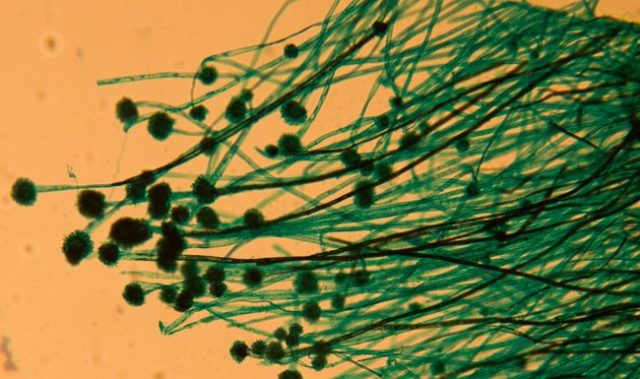
AsianScientist (May 31, 2018) – In a study published in Langmuir, scientists in China have discovered a method to upcycle waste cardboard into a material that can remove heavy metals from the environment.
Rapid industrial development has resulted in the release of large amounts of heavy metals such as chromium into the environment. Heavy metals not only disrupt the balance of ecosystems, but also pose dangers to human health. Hence, scientists have sought effective and low-cost materials that can aid in the removal of heavy metal contaminants.
In this study, scientists led by Professor Wu Zhengyan of the Institute of Technical Biology and Agriculture Engineering at the Hefei Institutes of Physical Science, China, have repurposed waste cardboard into a material that can absorb chromium.
“We managed to use a waste cardboard-derived nanocomposite to remove hexavalent chromium,” said Wu.
In their study, waste cardboard was used as a precursor to prepare uniformly micron-sized spherical carbon. They then loaded zero-valent iron nanoparticles onto the surface of spherical carbon particles to form a new nanocomposite, which they named SCZ.
When placed in chromium-contaminated water, SCZ could efficiently trap chromium through adsorption and reduction. The resulting chromium-laden SCZ could then be removed conveniently from water using a magnet.
In addition to demonstrating the efficient removal of heavy metal from water, the study also shed light on the opportunities surrounding waste cardboard and its cyclic utilization. This is important because large quantities of cardboard are made from wood and are discarded after use, contributing to 40-45 percent of municipal solid waste.
The article can be found at: Han et al. (2018) Waste Carton-Derived Nanocomposites for Efficient Removal of Hexavalent Chromium.
———
Source: Chinese Academy of Sciences; Photo: Pexels.
Disclaimer: This article does not necessarily reflect the views of AsianScientist or its staff.












